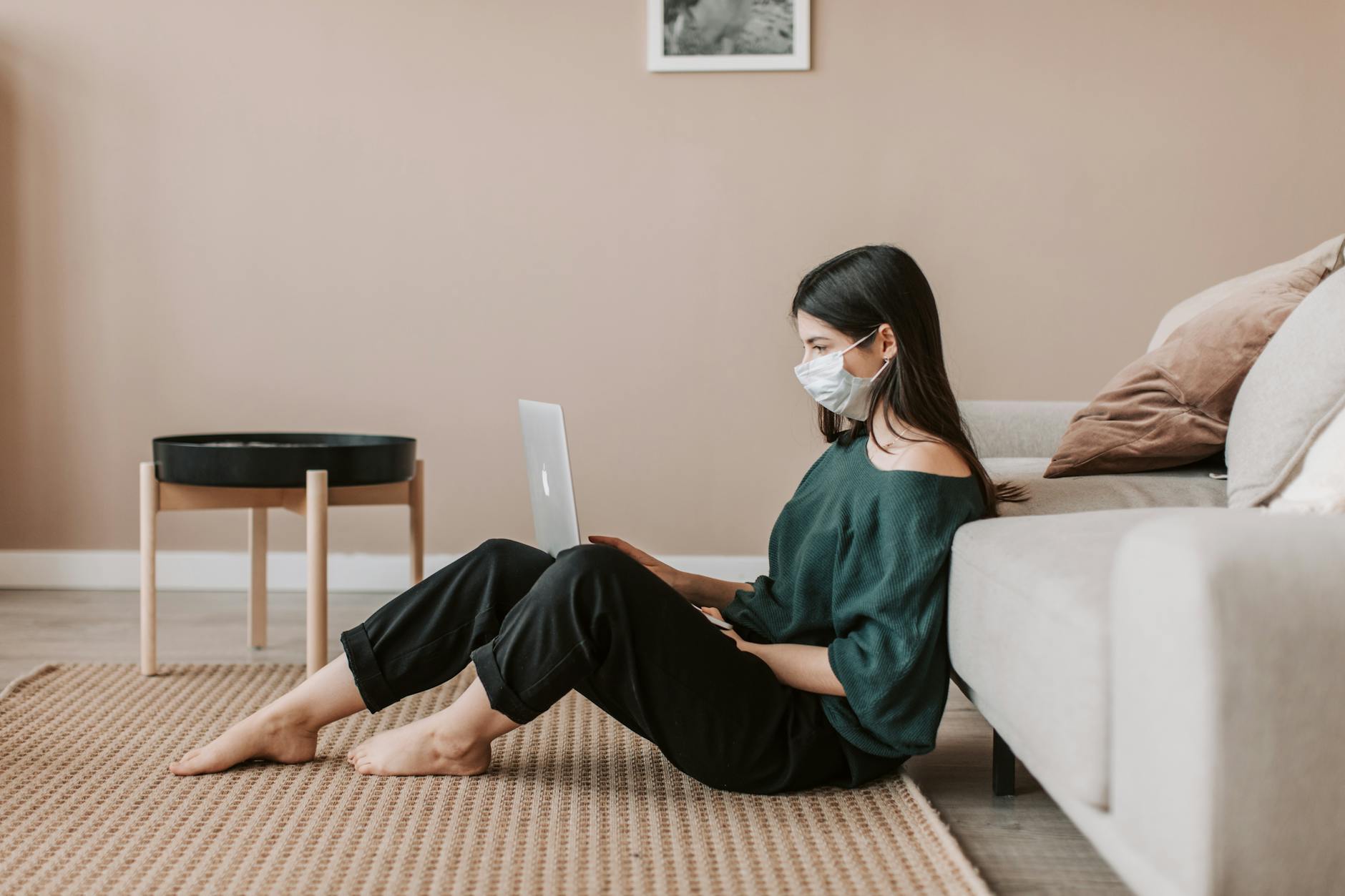Is Australia the Best Place for Finding Child-Friendly Outfits?

Exploring Australia's Offering
As a resourceful planner from Melbourne, I find myself fascinated by the unique world of womens jeans and children's fashion in Australia. Our vibrant design scene is remarkable for its creativity and attention to detail. It reminds me of the diverse styles you can see when wandering through the children's clothing stores at Chadstone Shopping Centre.
When it comes to choosing just the right apparel, it’s crucial to consider fabrics. Australia’s design ethos often leans towards sustainable fabric choices, particularly in children's clothing. Tailors are increasingly turning towards organic cotton and hemp to create outfits that promise comfort and durability, mirroring Australia’s commitment to eco-friendly practices.
One cannot overlook how regional fashion influences shape our clothing. Our family-centric culture has a profound impact on the styles seen across cities, akin to those vibrant adventures one experiences at family-friendly parks in the Docklands. These influences are instrumental in how fashion lines, like kids swimwear and girls dresses, come to life, embodying both practicality and a flair for the eclectic.
Being informed about the nuances of Australian fashion can help you make better purchasing decisions tailored to both your personal style and environmental values. As you navigate through these choices, remember to keep an eye out for regional influences, which often are a delightful surprise woven into the fabric of Australian attire.
Eco-Friendly Aspects
Popular Sustainable Materials
As a planner in Melbourne, I'm always on the lookout for practical tips to help parents navigate eco-friendly choices in children's clothing. Australia is at the forefront of sustainable fashion, with an increasing number of brands incorporating eco-friendly materials. Organic cotton, bamboo, and Tencel are among the popular sustainable materials that make for comfortable and stylish options for kids' clothing. These choices not only reduce environmental impact but also offer breathability and softness, making them ideal for the sensitive skin of babies and young children.
Environmental Initiatives
The commitment to sustainability extends beyond materials, as various Australian brands are actively involved in environmental initiatives. For instance, some companies are part of recycling programs, focusing on reducing waste by encouraging customers to return used clothing for recycling. A few others invest in renewable energy sources for production, significantly lowering their carbon footprint. As parents, it's comforting to know that choosing such products directly supports a cleaner environment, ensuring a greener future for our children.
Brands Emphasizing Sustainability
While exploring the children's clothing stores at Chadstone Shopping Centre, one can easily spot brands that prioritise sustainability. Labels showcasing eco-friendly practices, from packaging to production, provide peace of mind. These brands reflect the growing trend towards environmentally conscious shopping, offering options that cater to both aesthetic appeal and eco-responsibility. Whether you're purchasing a new dressing gown or looking for baby girl dresses or girls swimsuits, it's gratifying to see that supporting sustainable brands is now more accessible than ever in Melbourne.
Practical Considerations
Durability and Wearability
When diving into the world of children's fashion, it's essential to consider durability and wearability. As a designer who is committed to sustainability, I recognise the need to create baby clothes designed to withstand the test of time. The key here is to prioritise materials that maintain their form and function through countless wears and washes. Durable clothes are not only cost-effective for parents but also contribute to reducing waste, aligning perfectly with eco-conscious values.
Seasonal Suitability
Another aspect to consider is the seasonal suitability of baby garments. In Melbourne, where weather can shift dramatically, it's vital to ensure that clothing accommodates these changes. Think layers—a versatile baby jumper provides warmth and can be easily paired with lighter garments when temperatures rise. Versatility also aids in reducing the number of clothing items parents need to purchase, which is both economically beneficial and environmentally responsible.
Sizing and Flexibility
Lastly, sizing and flexibility are crucial when creating baby apparel. Babies grow quickly, so designing clothes that adjust or stretch can significantly extend their usability. Consider incorporating adjustable features such as elastic waists or expandable cuffs. Plus, visiting children's clothing stores at Chadstone Shopping Centre can offer insights into local preferences and sizing trends, helping create garments that truly meet parental needs. By focusing on these practical considerations, parents can feel confident in their purchasing decisions, knowing they're investing in garments that prioritise comfort, sustainability, and longevity.
Challenges in the Market
Balancing Aesthetic and Function
As an industrial designer with a passion for sustainability, combining aesthetic appeal with practicality is a constant challenge. When it comes to boys swimwear, you’ll often find yourself negotiating the tricky balance between creating designs that are visually appealing and ensuring they remain comfortable and functional for kids to wear. This is particularly important in a vibrant city like Melbourne, where practicality must meet the dynamic outdoor lifestyle.
Manufacturer Resistance
Another significant hurdle is manufacturer resistance to eco-friendly practices. While the growing demand for plus size clothing shows a shift towards inclusivity and diversity, sustainable practices are still often met with pushback. Many manufacturers are hesitant to change their established procedures due to perceived increased costs or logistical complexities. As designers, it’s crucial to work closely with manufacturers, providing them with practical information on how sustainable changes can enhance their production processes without compromising profitability.
Consumer Fast Fashion Trends
In the face of fast fashion's allure, fostering a mindset focused on sustainability can be daunting. The pervasive culture of rapidly changing trends makes it challenging for eco-conscious designers to maintain traction. Educating consumers on the long-term benefits of sustainable purchases, such as durability and reduced environmental impact, can help counteract the appeal of fast fashion. Engaging in community discussions through local events or forums can also promote a more sustainable approach, aligning with the interests of families frequenting places like the family-friendly parks in the Docklands.
Best Practices for Designers
Sourcing Local Materials
When you're considering design practices, sourcing local materials is paramount. By doing so, designers not only reduce their carbon footprint but also support Australia's rich tapestry of resources. Tapping into our unique, sustainable offerings can result in extraordinary creations while ensuring the survival of indigenous knowledge and practices. Plus, parents can feel good knowing their kiddos' attire is crafted from quality, locally sourced components.
Incorporating Recycled Components
Embracing recycled components opens new doors in imaginative design. Many forward-thinking outfits in Melbourne, particularly those on the shelves of children's clothing stores at Chadstone Shopping Centre, are now turning to innovative methods to integrate recycled materials. Designers are using everything from repurposed fabrics to recycled buttons and zippers, adding a new dimension to eco-friendly fashion. This not only champions sustainability but also brings an exciting narrative to each piece.
Collaborating with Sustainable Brands
Teaming up with sustainable brands is a win-win strategy for designers eager to make a real impact. It's all about pooling resources and knowledge to push the boundaries of eco-friendly fashion in a city as dynamic as Melbourne. These partnerships are key to bridging the gap between aesthetic appeal and ecological functionality, providing parents with stylish yet environmentally-friendly choices for their family outings, be it a casual day at the family-friendly parks in the Docklands or participating in community events at Federation Square.


